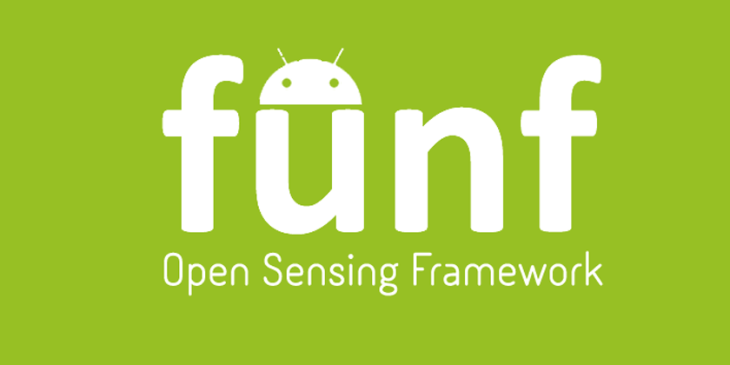“Our social networks are not Facebook,” says Nadav Aharony, an Android project manager and one of the six winners of the Knight Foundation’s $1.3 million in grants for media innovation. Instead of intentional online connections, his startup, Behavio, looks at how peoples’ location, network of phone contacts, physical proximity, and movement throughout the day can help us predict range of behaviors — anything from fitness to app downloads to mass protests.
The entire big-data mobile smorgasbord is based on an open source project he helped built at the MIT Media Lab, Funf, a public database of android-friendly software for turning cell phone toting-humans into willing lab rats of social experimentation.
Aharony’s original experiments through Funf looked at how to scientifically engineer behavior, such as getting users to exercise more throughout the day [PDF]. For instance, in one study, Aharony divided participants into 3 groups: one was given access to information on how much they moved throughout the day, one was given access to the movement of a few peers, and another was rewarded for how much others in the group moved (the “social pressure” group). As expected, the social pressure group began upping their exercise throughout the day the most, followed by the social information group; those who only had information about their own exercise had the poorest improvement.
So, what does this have to do with journalism? Aharony says that cell phone data could give essential context to stories involving crowds of people. Knowing how many people actually had access to Twitter and YouTube during the Iranian and Egyptian could settle the ongoing debate about whether social media really makes much of a difference for struggling democracies.
The same is true of Glenn Beck’s (remember him?) rally for “Restoring Honor”, when conservative pundits comically exaggerated turnout for the over-hyped love-fest by a factor of two to 10. The same blunder led Fox New’s Sean Hannity to issue an apology to Jon Stewart after he cut footage from Beck’s rally to a much smaller anti-government rally weeks later.
For now, Behavio’s gifts to journalists are mostly conceptual: users need to opt-in to be tracked and also be using Android. Behav.io can still sense some things without mass adoption, like the presence of other users who have enabled Bluetooth (which could calculate a rough crowd estimate or reveal if someone is trapped alone). The most likely outcomes, however, are off in the future.
Knight also awarded five other innovations, as described from the press release:
- Peepol.tv – Leveraging streaming networks like Ustream and TweetCaster, Peepol.TV will aggregate live mobile video streams of breaking news events into an easily searchable world map, connecting users directly to global events as they unfold.
- Signalnoi.se – Enabling newsrooms to monitor what is resonating with readers and make smarter editorial decisions about which stories get covered and promoted, Signalnoi.se is a dashboard that tracks stories through social
- networks and across competitor sites.
- Watchup – An iPad app that makes it easier to find and watch high-quality news videos, Watchup speeds the search for relevant content by offering a curated playlist that aggregates news reports into a simple interface.
- Tor Project – With journalists and their sources increasingly threatened by governments, criminal organizations and others who monitor their mobile and online communication, the Tor Project will use its vast network of volunteers to create a tool kit that will enable journalists to communicate more safely with sources by using the organization’s secure Web browser, an anonymous upload utility and more.
